Welcome to the world of hydroponics! You’re in the right place if you’re curious about setting up a Nutrient Film Technique (NFT) system. NFT is a simple and effective way to grow plants without soil, using a thin film of nutrient-rich water. This guide breaks down the process into easy-to-follow steps, ensuring you grasp the concept. Let’s dive in and explore how to create your NFT hydroponic setup for successful and sustainable plant cultivation.
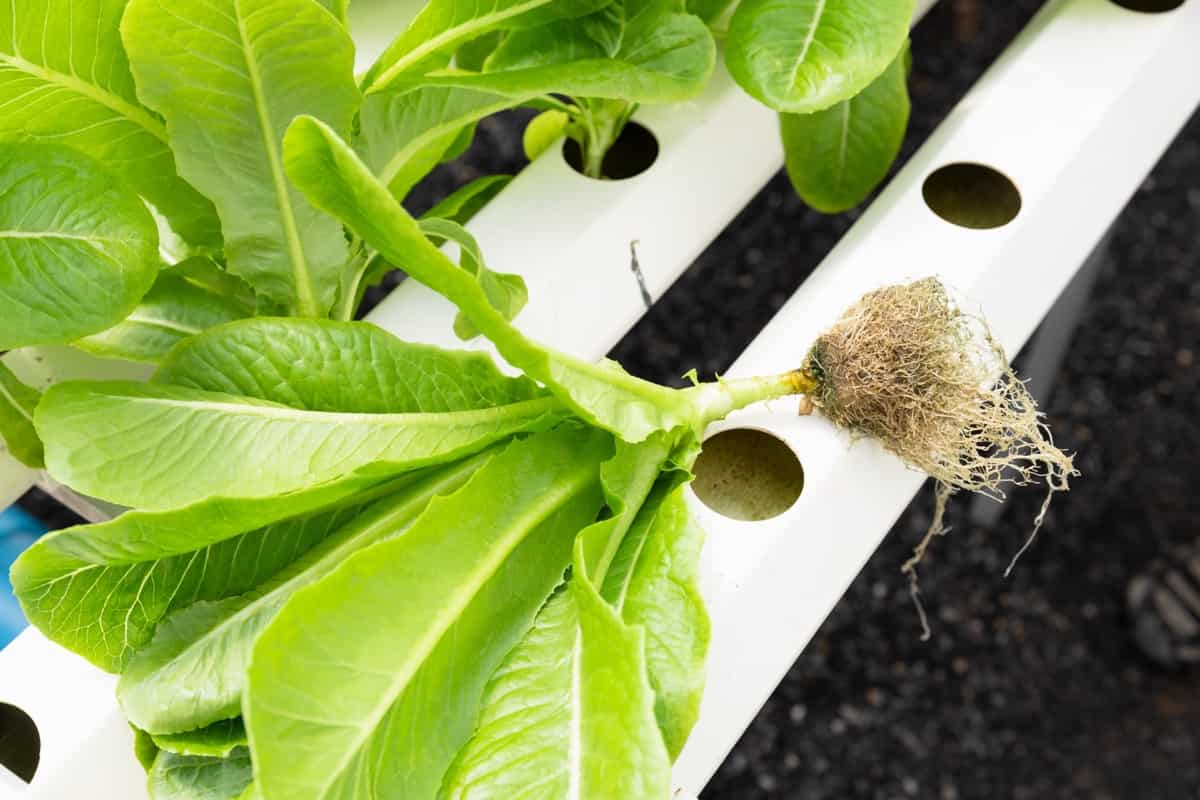
How to Set Up a Nutrient Film Technique
Introduction to Nutrient Film Technique (NFT) Hydroponics
The Nutrient Film Technique (NFT) hydroponic system is where plants receive nutrients through a thin solution film. Plant roots remain immersed in this solution, facilitating their growth. The system employs channels covered with nets, where plant roots dangle and absorb the nutrient-rich water. Known for its efficiency, NFT setups are easy to establish. Adequate aeration, inherent in NFT, further aids plant development. This system optimizes resource usage and ensures consistent nutrient delivery, making it a popular crop cultivation choice.
Understanding the Basics of Nft Hydroponics
- System Setup: Arrange channels at a slight angle to ensure a continuous flow of nutrient solution.
- Proper Slope: Maintain a gentle slope to enable even nutrient distribution without pooling.
- Root Health: Regularly inspect and maintain clean, disease-free roots for optimal growth.
- Nutrient Solution: Adjust as needed to keep a balanced solution with essential nutrients.
- Adequate Aeration: Ensure oxygen-rich water for healthy root oxygenation.
- Light Exposure: Provide sufficient light to stimulate photosynthesis and overall plant development.
- Temperature Control: Maintain an optimal temperature range for both water and air.
- pH Level: Regularly monitor and adjust pH levels to support nutrient absorption.
- Timed Nutrient Delivery: Use a timer to regulate nutrient solution delivery cycles.
- Monitoring and Maintenance: Consistently check for clogs, leaks, and overall system health.
Benefits of Using The NFT Hydroponic System
- Efficient Resource Use: As plant roots stay immersed in nutrient-rich water, minimal water and nutrient waste occur. This system stands out for conserving resources, appealing to growers aiming to reduce consumption.
- Ease of Setup and Maintenance: NFT systems are relatively simple to establish and uphold compared to other hydroponic methods. This feature caters to growers seeking hassle-free setup and minimal maintenance demands.
- Scalability and Adaptability: NFT setups readily expand through additional or modified channels. This adaptability suits growers keen on experimentation, different techniques, or adjusting their operations according to needs.
- Optimal Plant Habitat: With roots consistently in contact with nutrient solution, plants access essential growth elements. Moreover, these systems boast effective aeration, which is pivotal for robust plant development.
In case you missed it: Best Plants to Grow Under Grow Lights in Hydroponics: For Flowers, Herbs, Vegetables, and Fruits
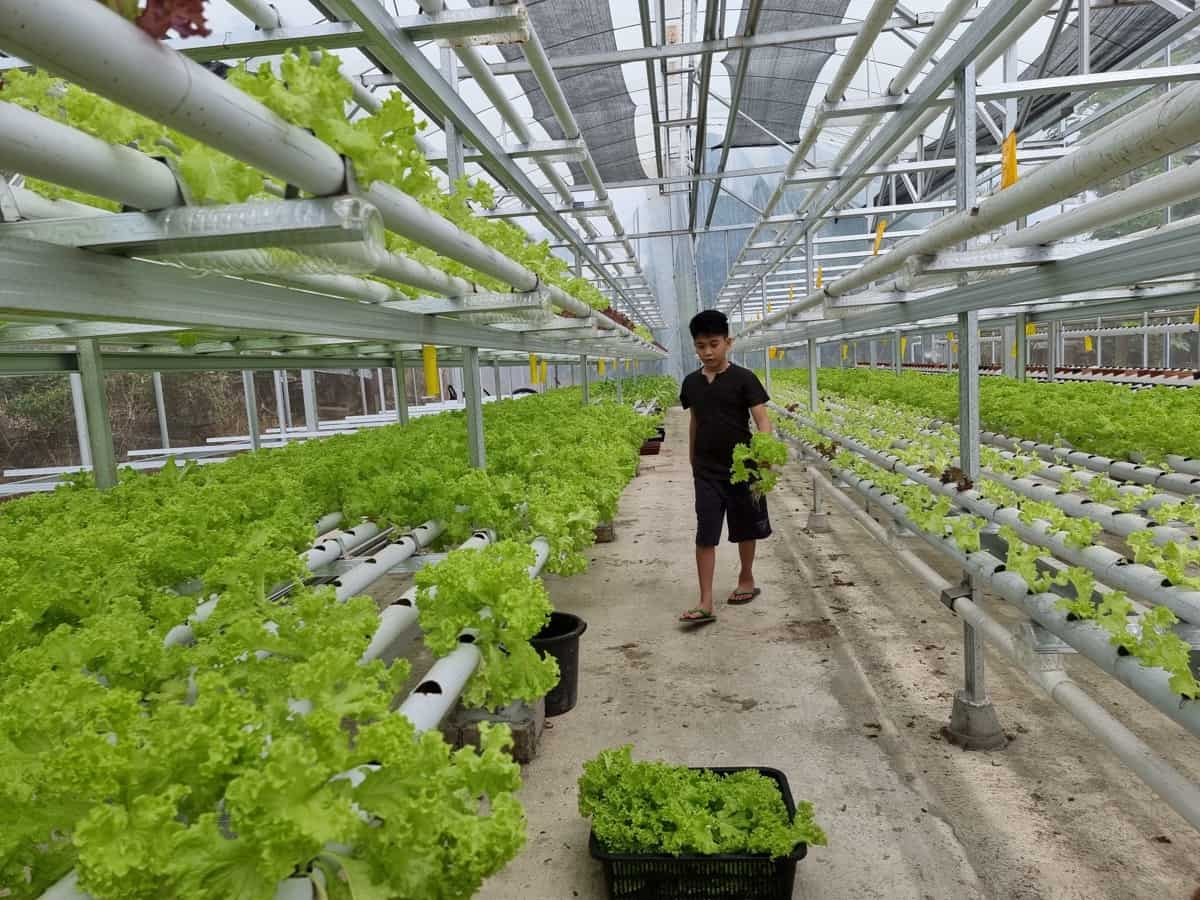
Key Components of an NFT Hydroponic System
- Nutrient Reservoir: This holds your nutrient solution, supplying plants with essential elements.
- Pump: The pump circulates the nutrient solution through the system, ensuring constant flow.
- Grow Channels: These channels support plant roots and should be sloped to allow proper water movement.
- Timer: The timer regulates the pump, regularly turning it on and off.
- Air Pump and Air Stone: These provide vital aeration to plant roots, preventing rot and promoting growth.
- Select a Location: Choose a level area for your system’s setup.
- Build or Acquire Grow Channels: Construct or purchase the channels, ensuring proper slope.
- Connect Reservoir and Pump: Set up the nutrient reservoir and connect it to the pump. The timer will control the pump’s cycles.
- Add Air Pump and Stone: Introduce an air pump and stone to the reservoir, ensuring root aeration and preventing root issues.
Pros of Nutrient Film Technique (NFT) Hydroponics
- Simplicity and Low Maintenance: NFT setup and upkeep are straightforward, making it user-friendly and cost-effective.
- Economical Operation: Running costs remain minimal, a boon for budget-conscious growers.
- Space Adaptability: NFT’s versatility suits compact and spacious environments, accommodating different scales.
- Continuous Nutrient Flow: No timer reliance is needed due to the constant nutrient circulation.
- Precise Nutrient Control: Nutrient levels are easily regulated, enhancing plant nutrition.
- Low Maintenance Demands: The system’s design minimizes maintenance requirements.
- Accessible Root Monitoring: NFT’s layout enables convenient root observation, promoting plant vitality.
- Minimized Buildup Issues: Steady water flow reduces salt and mineral accumulation concerns.
- Stable pH Levels: The consistent flow maintains relatively stable pH levels.
- No Growing Medium Needed: NFT functions without any growing medium, streamlining the setup.
- Aeration and Avoiding Stagnancy: Flowing water sustains aeration and prevents water stagnation.
- Resource Efficiency: NFT conserves nutrients and water, showcasing eco-friendliness.
Cons of Nutrient Film Technique (NFT) Hydroponics
- Nutrient Depletion: Nutrients might deplete as they travel along the system’s length.
- 24/7 Electricity Requirement: Continuous pump operation demands non-stop electricity supply. Power disruptions, even briefly, could severely harm plants.
- Limited Space for Large Plants: NFT’s confined chamber space isn’t suitable for sizable plants with expansive root systems.
- Incompatibility with Support-Dependent Plants: Plants requiring support for growth don’t align well with the NFT system.
Selecting the Right Location for Nft Hydroponics Setup
The NFT system, though efficient, has limitations on plant suitability due to its compact growing chamber. Avoid plants with heavy root systems or those prone to waterlogging. Opt for fast-growing varieties that can be harvested young before root crowding occurs. Ideal plants include:
- Lettuce: A popular choice, lettuce thrives in NFT setups due to its rapid growth and shallow root system.
- Leafy Greens: Spinach, kale, and leafy greens work well, benefiting from the consistent nutrient flow.
- Herbs: Herbs like basil, cilantro, and mint flourish in NFT systems, delivering fresh flavor without root congestion.
However, steer clear of large plants and those that fruit or flower extensively. These plants demand more nutrients, leading to fluctuating pH and nutrient levels. Moreover, fruiting and flowering plants struggle when their roots remain submerged, requiring intermittent dry periods.
In case you missed it: Management of Hydroponic Pests and Diseases: Control, Prevention, and Treatment
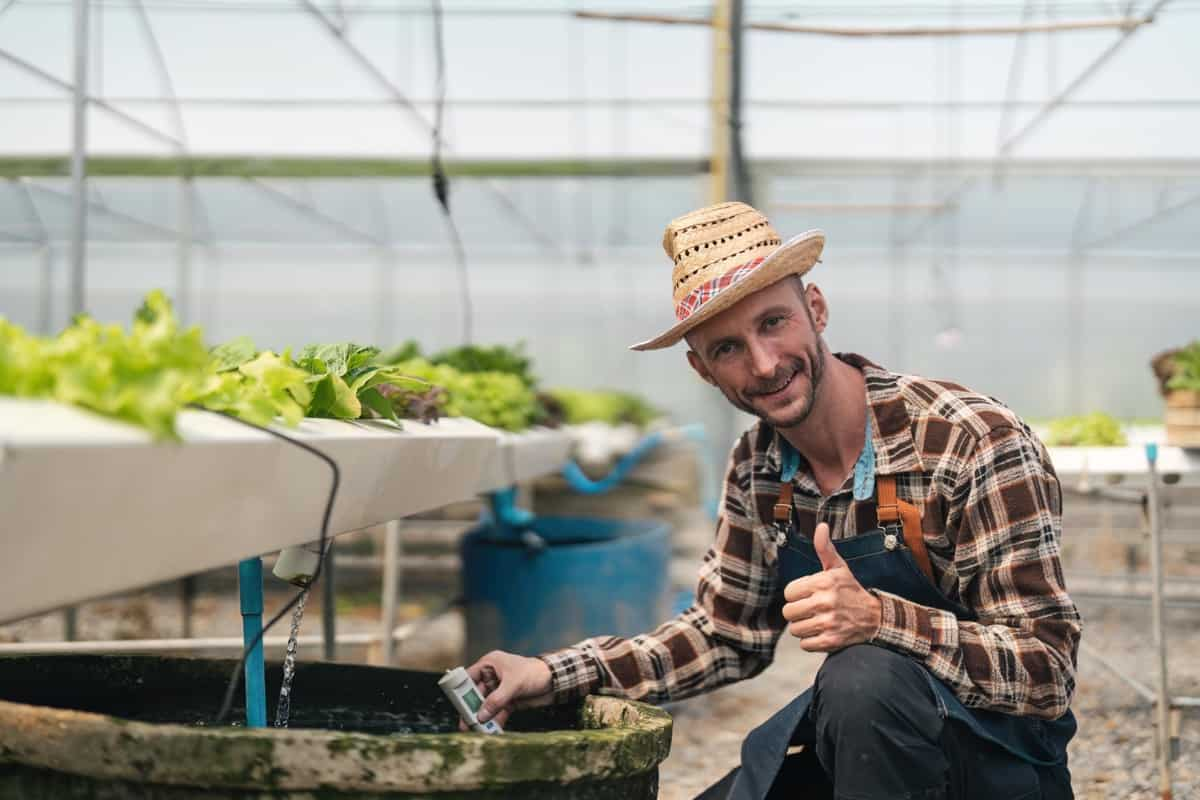
Gathering the Necessary Materials and Equipment
- Growing Chambers: Opt for flat-bottomed chambers, such as square PVC pipes, promoting ideal root growth.
- Net Pots: Small plant baskets, eliminating the need for growing media, with sizes tailored to plant growth.
- Reservoir: Choose an opaque container to hinder algae growth, ensuring a suitable nutrient solution volume.
- Tubing: Sufficient length to link the reservoir to the highest point of the growing chambers.
- Pump: A basic submersible pump, possibly adjustable, to facilitate controlled nutrient flow.
- Nutrients: Select nutrient solutions specific to your plant types, ensuring balanced nutrition.
- Air Pump and Stones (Optional): Enhance oxygenation by incorporating these elements for better root health.
Building the Nft Hydroponics System Framework
- Drill holes in the reservoir’s top for pump cord, tubing, and drainage.
- Create holes in growing chambers to fit net pots securely.
- Determine chamber length for optimal nutrient supply and plant growth.
- Make holes at both chamber ends to control nutrient solution level.
- Angle the growing chamber above the reservoir and support it with stands.
- Insert plants in net pots and position them within the chamber.
- Seal unused holes to prevent light and bacterial growth.
- Add nutrient solution to the reservoir, adjusting pH and monitoring temperature (around 20°C).
- Check and ensure consistent water flow for proper cooling.
Installing the Nutrient Film Technique Channels
- Channel Placement: Position the NFT channels at a slight angle for smooth water flow and nutrient distribution.
- Secure Support: Ensure sturdy support for the channels, keeping them elevated and stable.
- Slope Adjustment: Confirm the proper slope for optimal nutrient movement, preventing pooling or stagnant water.
- Secure Net Pots: Attach net pots to the channels, ensuring they fit snugly and won’t dislodge.
- Root Accessibility: Allow space for plants’ roots to comfortably hang down into the channels.
- Secure Connection: Ensure secure connections for water and nutrient delivery to prevent leaks or blockages.
Preparing the Nutrient Solution for Nft Hydroponics
- Nutrient Ratios: Adhere to manufacturer-recommended ratios and dosages. Deviating can harm growth or even be fatal to plants.
- Balanced Approach: If plants aren’t responding to recommended dosages, test gradually, starting with a half-strength solution and progressing to full strength.
- Root Health Check: Observe root changes; healthy roots are white and voluminous.
- Regular Reservoir Maintenance: Periodically drain and refill the reservoir with fresh nutrient solution to prevent salt buildup.
- Ongoing Monitoring: Consistently assess water quality, pH levels, and flow rates for optimal plant health and growth.
In case you missed it: How to Start Hydroponic Farming in Bhutan: Requirements, Key Rules, and Management
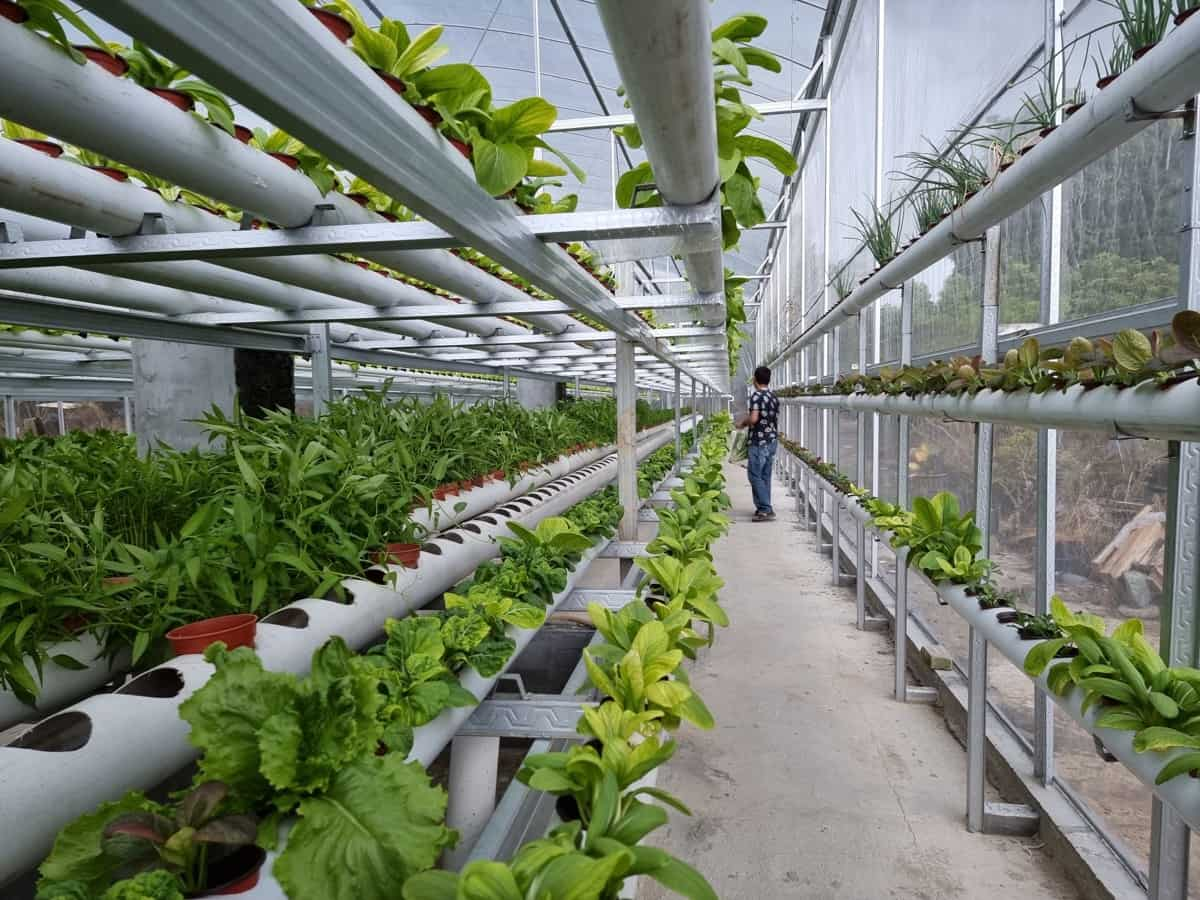
Seeding and Transplanting in Nft Hydroponics
Seeding and transplanting in NFT hydroponics involves germinating seeds in a suitable medium until they sprout. Once they develop robust roots and leaves, they are transferred into net pots filled with growing medium. The net pots are placed in the NFT channels for stability. The roots are kept moist to anchor them in the nutrient film.
Adequate spacing prevents overcrowding. Regular monitoring is necessary for healthy growth and adaptation. The transplants are then transferred into net pots, with strategic placement in the NFT channels. Consistent nutrient flow is maintained for root anchoring in the nutrient film. Proper spacing is ensured to accommodate plant growth.
Maintaining Proper PH and Ec Levels in Nft Hydroponics
Monitor and adjust pH levels to ensure nutrient absorption. Maintain a pH levels between 5.5 and 6.5 for most plants. Measure electrical conductivity (EC) to manage nutrient concentration. Desired EC levels vary with plant type and growth stage. A pH and EC meter helps in accurate readings. Regularly check and calibrate the meters to ensure precision.
Monitoring and Adjusting Nutrient Solution Flow in Nft Hydroponics
Nutrient solution flow in NFT hydroponics optimal plant health and growth. It refers to the continuous movement of nutrient-rich water along the channels where plant roots are suspended, providing plants with the necessary nutrients and oxygen. Regular observation ensures no blockages, leaks, or interruptions in the system, preventing nutrient deficiencies and imbalances.
Monitoring can be done by visually inspecting channels, checking water levels, and ensuring the pump is functioning properly. Adjustments to the flow may be necessary as plants grow and their nutrient requirements change. If the flow is too strong, it may cause root system damage. Adjustments can be made by modifying the pump’s settings or channel positioning.
Managing Lighting and Temperature in Nft Hydroponics
Provide proper lighting for photosynthesis. LED or fluorescent lights work well. Adjust light duration based on plant requirements, usually 14-16 hours daily for most crops. Maintain a consistent temperature range of 18-24°C (64-75°F) for optimal growth. Use fans or ventilation to prevent heat buildup.
In case you missed it: How to Build a Hydroponic Unit with PVC Pipes: DIY in Simple Steps
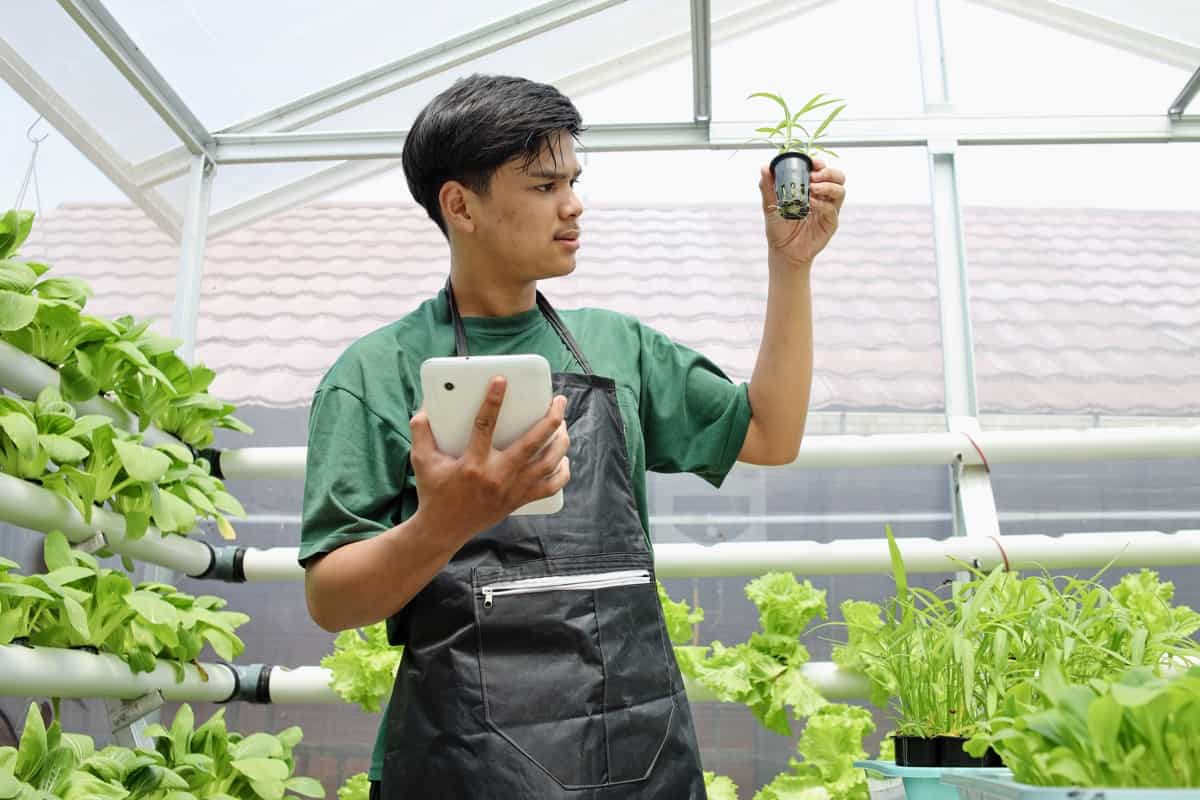
Preventing and Managing Pests and Diseases in Nft Hydroponics
Maintain a clean growing environment, sterilize equipment, and use clean water. Inspect or observe plants regularly for signs of pests or diseases. Quarantine new plants before introducing them to your system. Use natural predators or appropriate pesticides if issues arise. Adjust nutrient solutions to promote plant health, as stronger plants are less susceptible to infestations.
Regular Maintenance and Cleaning of Nft Hydroponics System
- Nutrient Solution Top-Up: Regularly refill the nutrient solution as it depletes over time.
- Monitor Nutrient Levels: Frequent checks are vital, as plant consumption affects nutrient levels. Even if water levels remain steady, nutrients decrease. Complete drainage and flushing every week help maintain balance.
- Reservoir Care: Weekly cleaning and sterilization of the reservoir prevent buildup and ensure optimal nutrient delivery.
- Chamber Inspection: Regularly inspect growing chambers to prevent root blockages that could disrupt the nutrient flow.
- Backup Power: In areas prone to power outages, consider a backup power source to prevent disruptions.
Harvesting and Yield Optimization in Nft Hydroponics
Harvesting in NFT hydroponics involves picking mature plants at their peak, promoting continuous growth. Monitor plant development and harvest when fruits or vegetables are ready. To optimize yields, maintain ideal nutrient levels, light exposure, and temperature. Regularly trim dead or damaged plant parts to direct energy toward productive areas. Proper harvesting techniques and consistent care maximize yield potential in NFT hydroponic systems.
Troubleshooting Common Issues in Nft Hydroponics
- Root Blockages: Inspect channels for clogs, ensuring smooth nutrient flow to roots.
- Nutrient Imbalance: Monitor pH and EC levels, adjusting for optimal nutrient uptake.
- Algae Growth: Shield the nutrient solution from light to prevent algae buildup.
- Root Rot: Maintain proper aeration and avoid waterlogging to prevent root diseases.
- Uneven Growth: Ensure consistent nutrient flow along channels, promoting uniform plant development.
- Pest Infestations: Regularly inspect plants for pests, employing natural predators or safe pesticides.
- Temperature Fluctuations: Control temperature within the recommended range to avoid stress and slowed growth.
- Lighting Issues: Provide adequate light duration and intensity for healthy photosynthesis.
- pH Swings: Monitor and adjust pH levels to prevent nutrient absorption issues.
- Overcrowding: Space plants adequately to prevent overcrowding and hindered growth.
In case you missed it: How to Start Hydroponic Farming in the Netherlands: Crops, Cost, Profit, and Management

Conclusion
Establishing a Nutrient Film Technique (NFT) hydroponic system offers a straightforward yet effective approach to plant cultivation. By creating a balanced nutrient flow, precise monitoring, and proper spacing, growers can harness the benefits of NFT to cultivate healthy, thriving plants in a controlled and efficient environment.
- Types of Pesticides Used in Agriculture: A Beginner’s Guide
- Economical Aquaculture: A Guide to Low-Budget Fish Farming
- 15 Common Planting Errors That Can Doom Your Fruit Trees
- How to Make Houseplants Bushy: Effective Tips and Ideas
- Innovative Strategies for Boosting Coconut Pollination and Yield
- Pollination Strategies for Maximum Pumpkin Yield
- The Complete Guide to Chicken Fattening: Strategies for Maximum Growth
- Natural Solutions for Tulip Problems: 100% Effective Remedies for Leaf and Bulb-Related Issues
- Revolutionizing Citrus Preservation: Towards a Healthier, Greener Future
- Natural Solutions for Peony Leaf and Flower Problems: 100% Effective Remedies
- Maximizing Profits with Avocado Contract Farming in India: A Comprehensive Guide
- Natural Solutions for Hydrangea Problems: 100% Effective Remedies for Leaf and Flowers
- The Ultimate Guide to Choosing the Perfect Foliage Friend: Bringing Life Indoors
- From Sunlight to Sustainability: 15 Ways to Use Solar Technology in Agriculture
- The Ultimate Guide to Dong Tao Chicken: Exploring from History to Raising
- The Eco-Friendly Makeover: How to Convert Your Unused Swimming Pool into a Fish Pond
- Mastering the Art of Delaware Chicken Farming: Essentials for Healthy Backyard Flocks
- 20 Best Homemade Fertilizers for Money Plant: DIY Recipes and Application Methods
- How to Craft a Comprehensive Free-Range Chicken Farming Business Plan
- Brighten Your Flock: Raising Easter Egger Chickens for Beauty and Bounty
- How to Optimize Your Poultry Egg Farm Business Plan with These Strategies
- Subsidy for Spirulina Cultivation: How Indian Government Schemes Encouraging Spirulina Farmers
- Ultimate Guide to Raising Dominique Chickens: Breeding, Feeding, Egg-Production, and Care
- Mastering the Art of Raising Jersey Giant Chickens: Care, Feeding, and More
- Ultimate Guide to Raising Legbar Chickens: Breeding, Farming Practices, Diet, Egg-Production
- How to Raise Welsummer Chickens: A Comprehensive Guide for Beginners
- How to Protect Indoor Plants in Winter: A Comprehensive Guide
- Ultimate Guide to Grow Bag Gardening: Tips, Tricks, and Planting Ideas for Urban Gardeners
- Guide to Lotus Cultivation: How to Propagate, Plant, Grow, Care, Cost, and Profit
- Agriculture Drone Subsidy Scheme: Government Kisan Subsidy, License, and How to Apply Online
- Ultimate Guide to Raising Araucana Chickens: Breed Profile, Farming Economics, Diet, and Care
- Bringing Hydroponics to Classroom: Importance, Benefits of Learning for School Students
- Ultimate Guide to Raising Polish Chickens: Breed Profile, Farming Economics, Diet, and Care
- Ultimate Guide to Raising Australorp Chickens: Profile, Farming Economics, Egg Production, Diet, and Care
- Silkie Chicken Farming: Raising Practices, Varieties, Egg Production, Diet, and Care
- Sussex Chicken Farming: Raising Practices, Varieties, Egg Production, Diet and Care